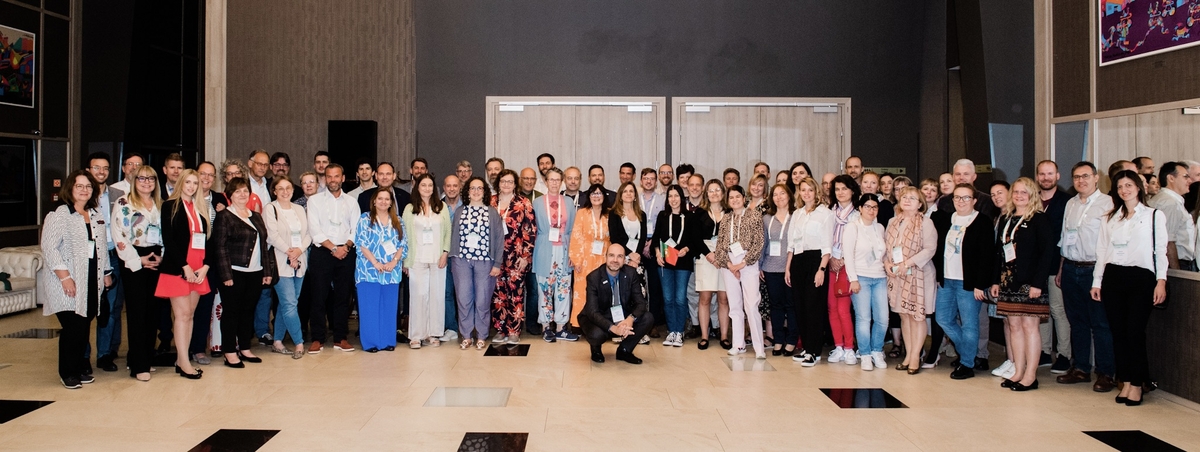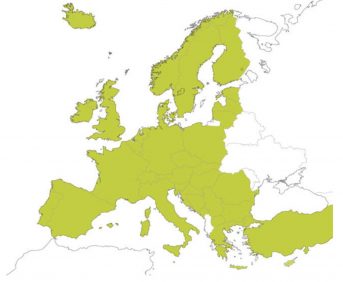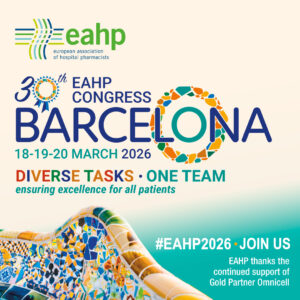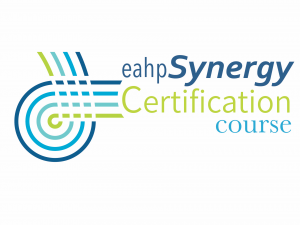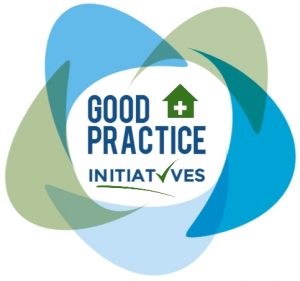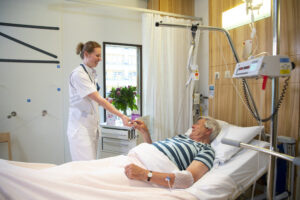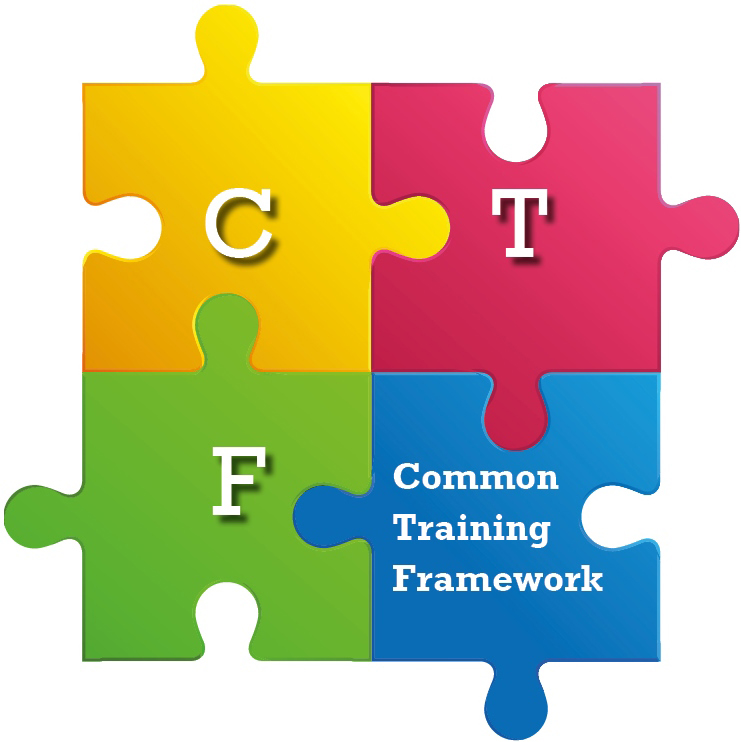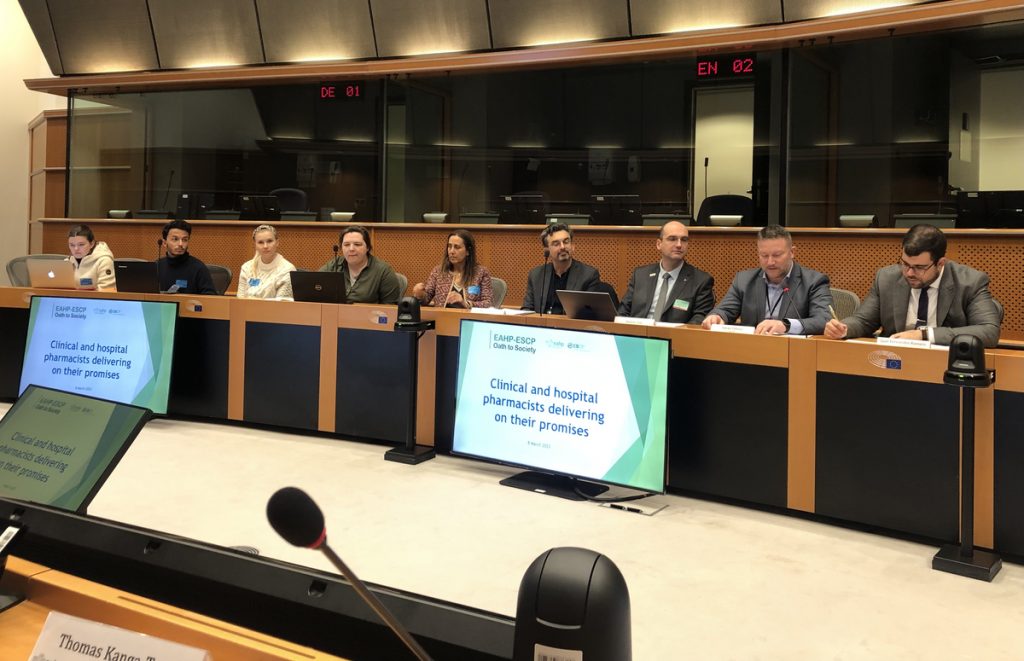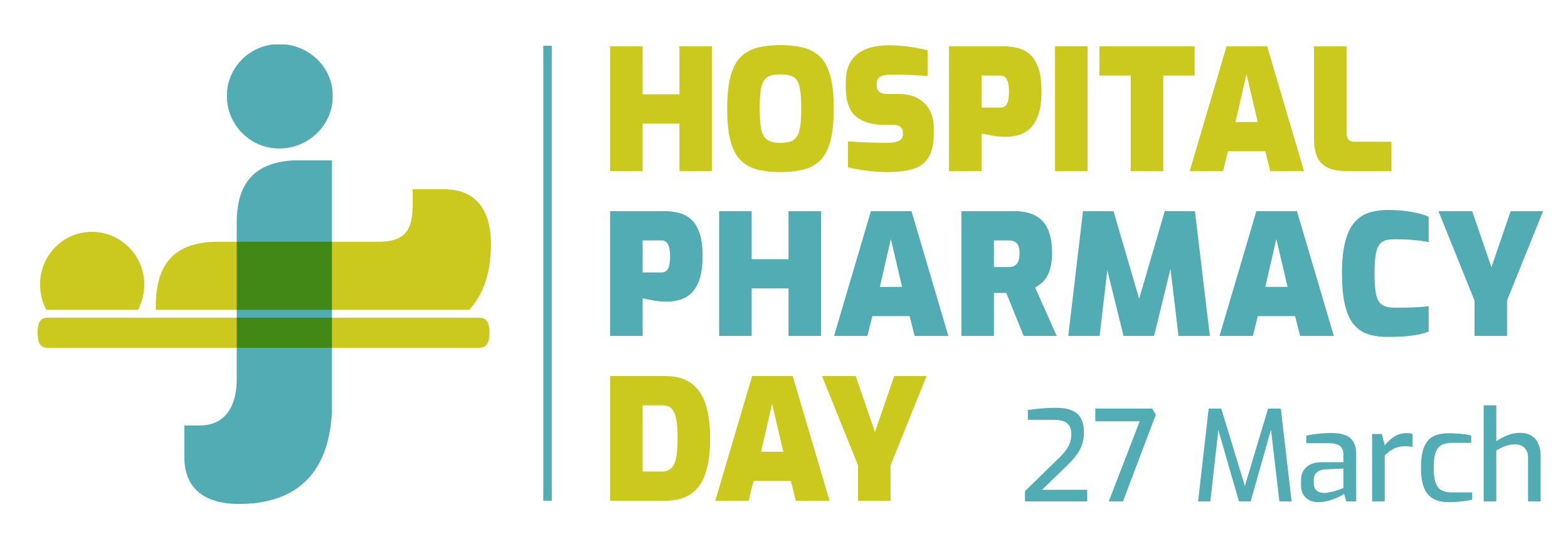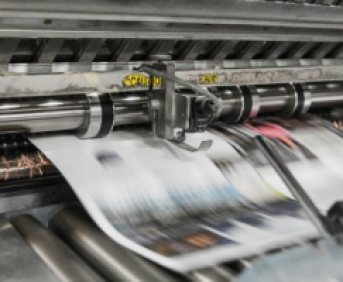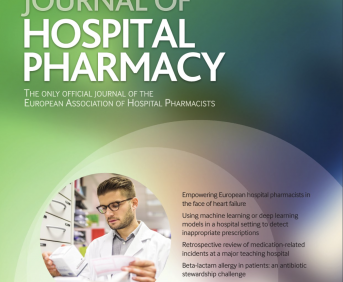In the first edition of the EJHP for 2015 you can find a review of the experiences of patients who use home based parenteral nutrition and orginal articles from Italy and the UK looking at the economic and patient factors influencing the use of antifungals within hospitals.
Reviewing the availble literature on patient expeirence of homebased parenteral nutrition Wong et al concludes that there is still plenty to be investigated and further qualitative research in the non clinical outcomes for these patients. Whilst there is data on mortality and clinical outcomes there is more work to be done regarding quality of life indicators.
The use of anidulafungin in intensive care units (ICUs), substituting caspofungin and liposomal amphotericin B where appropriate was invesitgated by colleagues in Italy. In their hosptial in Turin they performed a retrospective analysis regarding the potential econmonic cost saving. They estimated that if anidulafungin was used instead of caspofunin and/or liposomal amphotericin B up to €80 047 could be saved by the hospital.
On the same antifungal theme their use forlife-limiting illnesses in England was investigated by Stephens et al. Using patient level information from the NHS database they found that fluconazole was the most common antifungal used (75% of admissions) and the various patterns cannot be simply explained by disease, comorbidities, contraindications, guidelines or systematic bias against particular groups of patients. They concluded by highlighting the importance for antifungal stewardship in European Hospitals.

